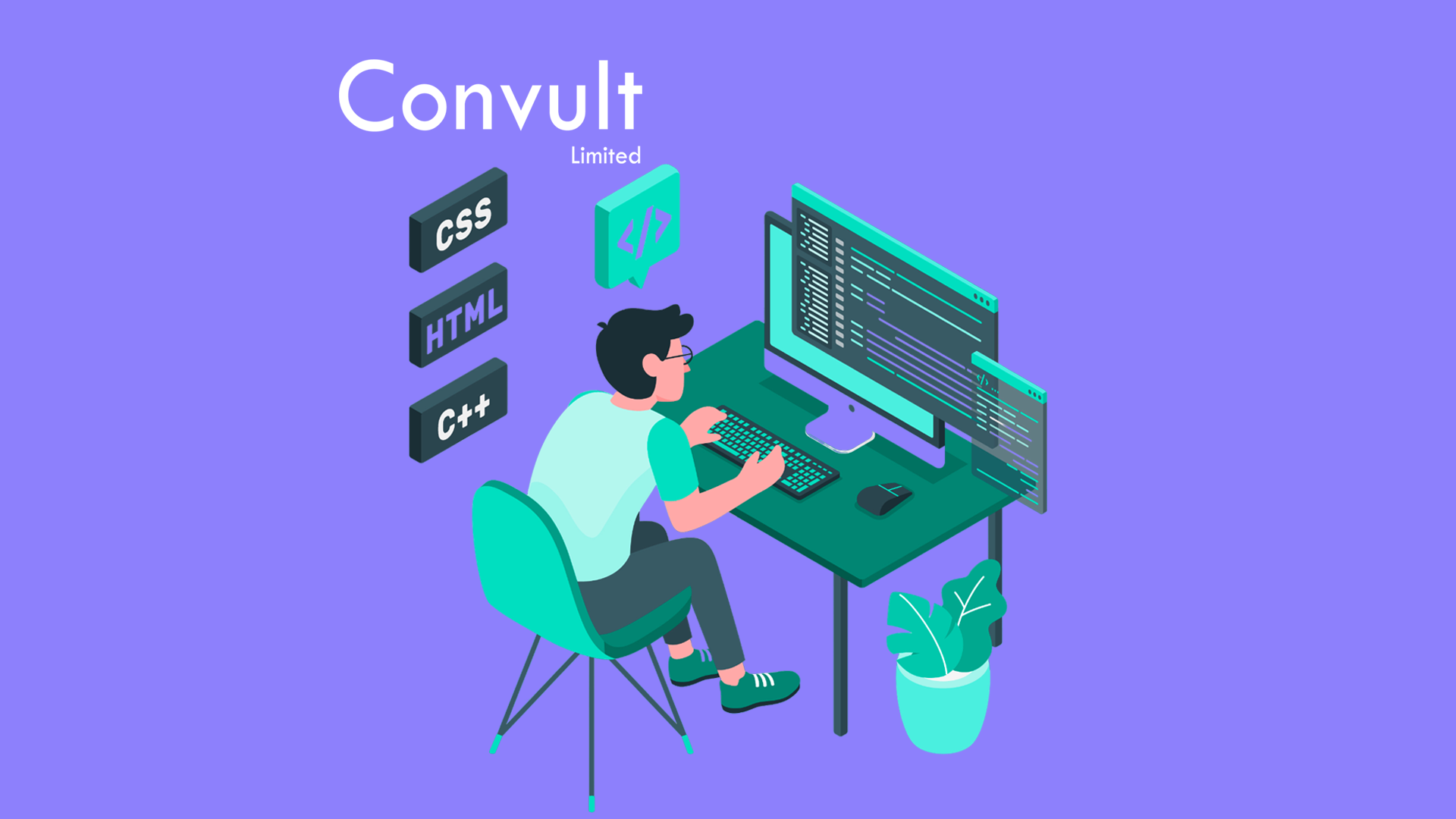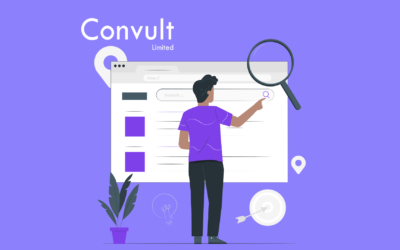E-commerce is the process of buying and selling goods and services online. It is a booming industry that has grown exponentially in the past decade, thanks to the advancement of technology and the convenience of online shopping. However, e-commerce is also highly competitive and challenging, and many businesses need help to stand out and attract customers. How can you create a successful e-commerce website that meets the needs and expectations of your target audience? What are the best practices and strategies for developing an effective and engaging online store? In this article, we will explore some key aspects of e-commerce website development, such as design, functionality, security, marketing, and analytics. We will also provide some tips and examples of implementing these strategies in your e-commerce project.
Design
The design of your e-commerce website is crucial for creating a positive first impression and a lasting customer relationship. Your website should be attractive, user-friendly, responsive, and consistent with your brand identity. Some of the design elements that you should consider are:
Layout
The layout of your website should be clear, simple, and easy to navigate. You should use a grid system to organize your content and create a visual hierarchy. You should also use white space to avoid clutter and improve readability.
Color
The color scheme of your website should match your brand personality and evoke the desired emotions in your customers. Using contrasting colors to highlight important elements, such as call-to-action buttons, banners, and logos. It would help to use color psychology to influence customer behavior and preferences.
Typography
The typography of your website should be legible, readable, and appealing. It would help to use fonts compatible with your brand voice and tone. It would be best to use different font sizes, weights, and styles to create contrast and emphasis.
Images
The images on your website should be high-quality, relevant, and captivating. You should use images that showcase your products or services in the best possible way, such as product photos, lifestyle photos, or testimonials. You should also optimize your images for speed and performance using appropriate formats, sizes, and compression techniques.
Icons
The icons of your website should be simple, recognizable, and consistent. You should use icons that convey meaning and functionality, such as shopping cart, search, menu, or social media icons. You should also use icons that match your color scheme and style.
Functionality
The functionality of your e-commerce website is essential for providing a smooth and satisfying customer experience. Your website should be fast, reliable, accessible, and interactive. Some of the functionality features that you should implement are:
Loading speed
The loading speed of your website should be fast enough to retain customer attention and reduce the bounce rate. You should use various techniques to improve your loading speed, such as caching, minifying, lazy loading, or using a content delivery network (CDN).
Responsiveness
The responsiveness of your website should ensure that your website adapts to different screen sizes and devices. You should use responsive web design (RWD) principles to create a flexible layout that adjusts to various resolutions and orientations.
Accessibility
The accessibility of your website should ensure that your website is usable by everyone, regardless of their abilities or disabilities. You should follow the web content accessibility guidelines (WCAG) to make your website compatible with assistive technologies, such as screen readers, keyboards, or voice commands.
Interactivity
The interactivity of your website should enhance customer engagement and satisfaction. You should use various tools and features to make your website more interactive, such as animations, transitions, hover effects, pop-ups, or chatbots.
Security
The security of your e-commerce website is vital for protecting your business and your customers from cyberattacks and data breaches. Your website should be secure, trustworthy, and compliant with the relevant laws and regulations. Some of the security measures that you should take are:
Encryption
The encryption of your website should ensure that your data is transmitted securely over the internet. You should use secure sockets layer (SSL) certificates to encrypt your data and display a padlock icon in the address bar.
Authentication
The authentication of your website should verify the identity of your users and prevent unauthorized access. You should use strong passwords, two-factor authentication (2FA), or biometric authentication methods to authenticate your users.
Authorization
The authorization of your website should control the access levels and permissions of your users and prevent data leakage. You should use role-based access control (RBAC) or attribute-based access control (ABAC) methods to authorize your users.
Compliance
The compliance of your website should adhere to the legal and ethical standards of e-commerce. You should follow the rules and regulations of different jurisdictions, such as the General Data Protection Regulation (GDPR), the Payment Card Industry Data Security Standard (PCI DSS), or the California Consumer Privacy Act (CCPA).
Marketing
The marketing of your e-commerce website is crucial for increasing your visibility and attracting more customers. Your website should be optimized, personalized, and socialized. Some of the marketing strategies that you should use are:
Search Engine Optimization (SEO)
The SEO of your website should improve your ranking and relevance on search engines, such as Google or Bing. You should use various techniques to optimize your website, such as keyword research, content creation, link building, or meta tags.
Personalization
Personalizing your website should tailor your content and offers to the preferences and behaviors of your customers. You should use various methods to personalize your website, such as cookies, geolocation, or artificial intelligence (AI).
Social media
The social media of your website should leverage the power and popularity of social networks, such as Facebook, Twitter, or Instagram. You should use various features to socialize your website, such as social sharing buttons, social login, or social proof.
Analytics
The analytics of your e-commerce website is important for measuring your performance and improving your results. Your website should be monitored, analyzed, and optimized. Some of the analytics tools and metrics that you should use are:
Google Analytics
Google Analytics is a free and powerful tool that allows you to track and analyze various aspects of your website, such as traffic, conversions, bounce rate, or user behavior.
A/B testing
A/B testing is a method that allows you to compare two or more versions of your website or a specific element, such as a headline, a color, or a button. You can use A/B testing to determine which version performs better and optimize your website accordingly.
Key performance indicators (KPIs)
KPIs are measurable values that indicate how well you are achieving your goals and objectives. You should use KPIs to evaluate and improve your website performance, such as sales revenue, customer retention rate, or average order value.
Conclusion
E-commerce website development is a complex and challenging process that requires careful planning and execution. You must consider various aspects of design, functionality, security, marketing, and analytics to create a successful and competitive online store. By following the best practices and strategies outlined in this article, you can enhance your e-commerce website development skills and achieve your desired outcomes.
However, creating a successful and competitive online store is a challenging task. It requires a lot of time, effort, and expertise. If you are feeling overwhelmed or unsure about how to start or improve your e-commerce website development project, you don’t have to do it alone. You can rely on the professional and reliable services of Convult. We are a team of experienced and skilled developers who can help you with every aspect of e-commerce website development, from design to analytics. We offer various services that suit your needs, budget, and goals. We also provide customized solutions that match your brand identity and target audience. Contact us today for a free quote for your e-commerce website development project. You will be amazed by the results!





0 Comments